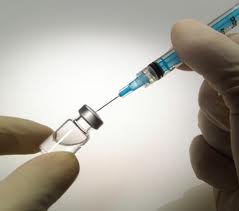Methicillin-resistant Staphylococcus aureus (MRSA), is a highly virulent pathogen responsible for a large number of skin and soft tissue infections. The concern with these infections is that they can rapidly progress into life-threatening conditions, such as sepsis and necrotizing fasciitis. The importance of neutrophils in these devastating soft tissue infections, a cell both associated with pathogen clearance and increasing tissue injury was the focus of a recent Plos Pathogens featured article. Using spinning disk confocal microscopy the researchers were able to visualize the behaviour of neutrophils in the subcutaneous tissue following the introduction of a localized infectious stimulus. They noted both neutrophil recruitment into the infectious nidus and significant neutrophil crawling in the capillaries surrounding the region, causing decreased perfusion in these areas. The neutrophils were not seen to emigrate from the capillaries but rather were retained in these vessels and maintained a crawling behaviour via beta2 and alpha4 integrins. They then found that by blocking these integrins they were able to release the neutrophils from the capillaries, and in so doing restore capillary perfusion and reduce the surrounding cell death leading to reduced lesion size following infection. The study thus concluded that neutrophil crawling within capillaries during MRSA soft tissue infections, although potentially contributed to walling off early dissemination of the pathogen, resulted in impaired perfusion and increased tissue injury over time.












